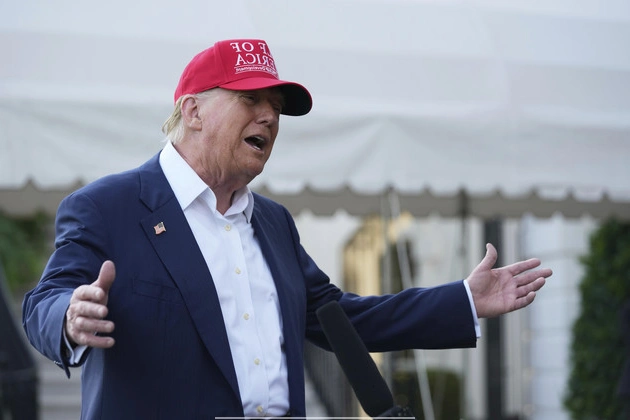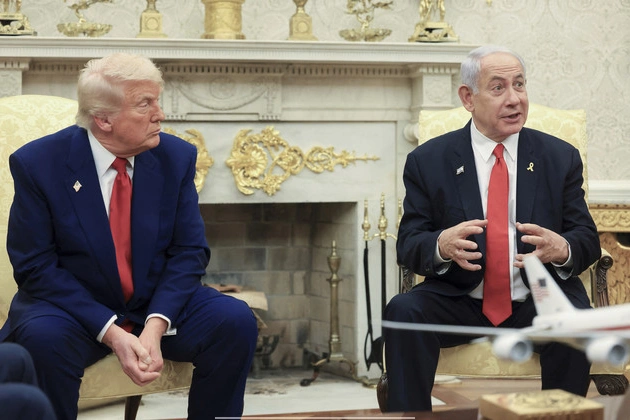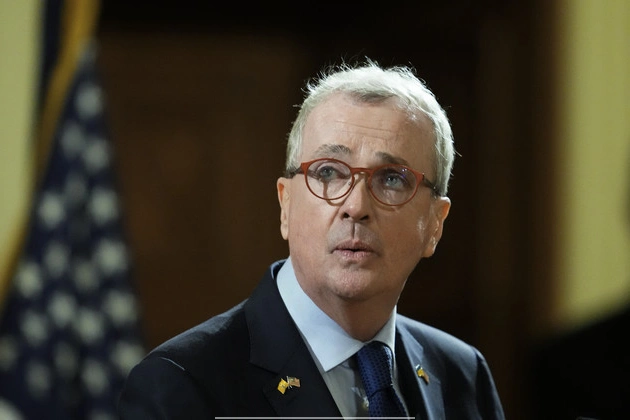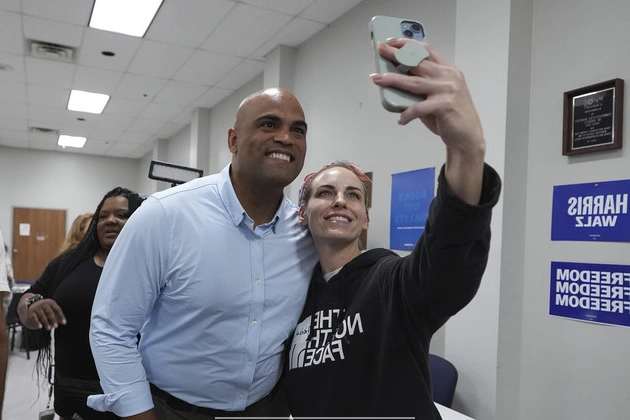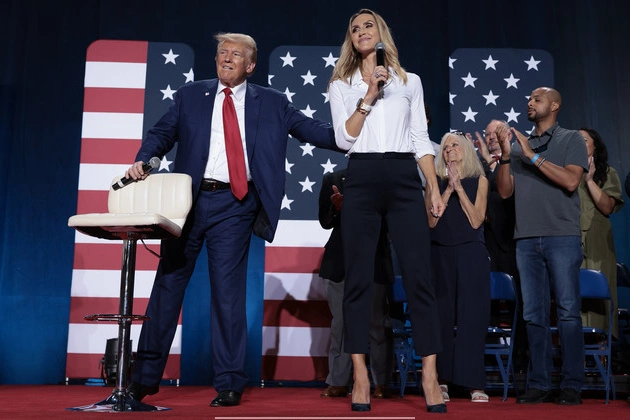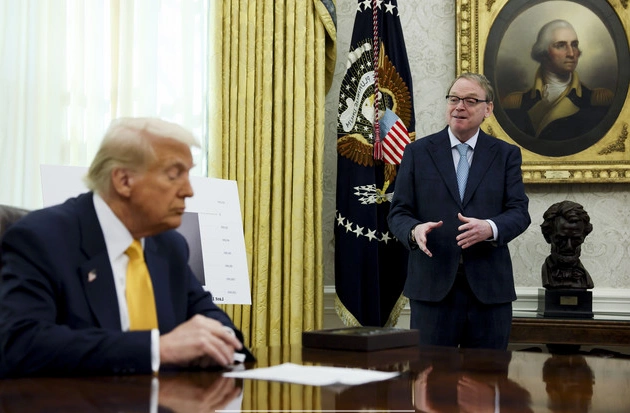
President Donald Trump and top Republicans have heralded the ‘big, beautiful bill’ as a catalyst for a massive economic expansion that will unleash corporate investment and household spending.
The Economic Stimulus and Challenges
That won’t be an easy bar to clear. The economic stimulus from the individual tax breaks and new deductions for businesses may be offset by cuts to the social safety net and the elimination of previous corporate incentives.
Analysis of Growth Effects
Economists like Kent Smetters caution that the bill may not be a significant growth vehicle as many of its provisions are temporary, unlike the permanent elements of Trump’s 2017 tax bill.
Conflicting Forecasts
The White House projects a substantial GDP increase over the next few years, while other estimates are more conservative. Factors like tariffs and deficits could impact the actual growth rate.
Differing Views on Growth Prospects
While some experts like Kevin Hassett anticipate high growth rates exceeding 3 percent, others like Joe LaVorgna believe the bill could strengthen the economy further based on past performance.
Varied Predictions
Estimates on the bill’s impact on GDP range from modest increases to more significant growth, depending on assumptions about trade policies and economic conditions.
Stimulative Components and Concerns
While some provisions of the bill are stimulative, cuts to social programs and changes in energy incentives could dampen overall growth potential.
Market Reactions
Investor reactions to the bill have been mixed, with concerns about rising deficits and long-term interest rates. The bill’s impact on U.S. debt securities and global market demand is under scrutiny.
Regular updates and reviews of the bill’s economic effects are crucial to understanding its long-term implications on growth and investment.






